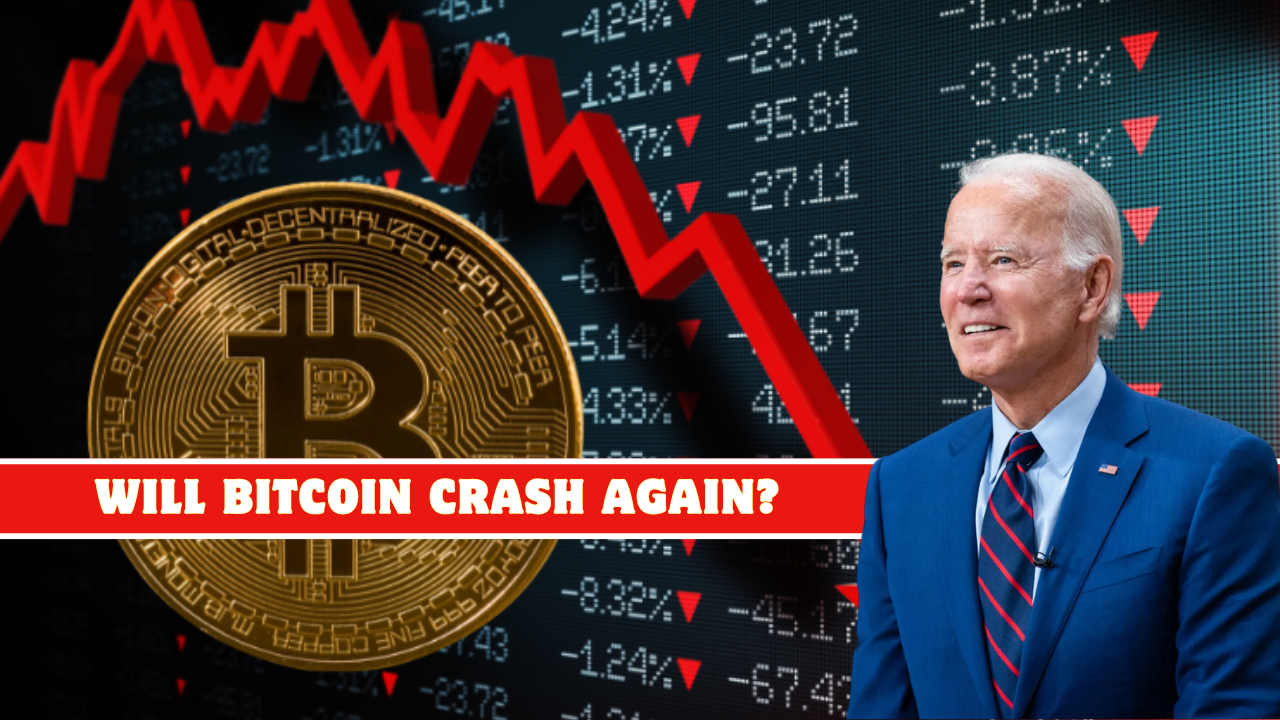The Bitcoin price has rallied about 18.50% in one week since it crashed to its six-month low of about $49,755. However, the cryptocurrency may further correct in the coming weeks due to a mix of technical and onchain indicators.
Over 80% of Bitcoin’s long-term traders are still in profit.
The ongoing correction cycle of BTC has been accompanied by a decline in the percentage of long-term holders in profits, calculated on a 30-day moving average.
As of Aug. 16, nearly 83% of these matured Bitcoin holders—those who have held the cryptocurrency for more than 155 days—were in a profitable position. In March, the percentage of profit-making long-term investors was around 96%.

Ascending triangle breakdown may send BTC price to $50K
The continuing consolidation moves of Bitcoin are appearing inside what appears to be an ascending triangle pattern. This setup forms after a strong downtrend, which, technically, is a sign of a potential reversal or a weakening in downward momentum.
However, the ascending triangle can sometimes be considered a continuation pattern in a downtrend. If the price does not break out to the upside above the resistance and breaks below the rising trendline, then the downtrend may continue. It would simply mean that the sellers have maintained their dominance.
Bitcoin is exposed to downside risks if price action remains below its immediate resistance level, as evident from the 50-4H exponential moving average (the red wave) at about $59,280. A convincing break below the triangle’s lower trendline will likely trigger the breakdown setup.
Should it happen, Bitcoin price will likely fall toward the ascending triangle’s downside target of around $50,000, also a psychological support level.

Bitcoin may not crash after all
As mentioned above, ascending triangles are bullish reversal patterns in a downtrend. To that effect, Bitcoin’s decisive close above its 50-4H EMA might set its chance higher to rally toward the upper trendline of the triangle, which coincides with its 200-4H EMA, the blue wave, around $59,240.
On the other hand, a close above the upper trendline could trigger an ascending triangle breakout scenario, with the upside target at $70,000.
This setup is also aligned with the outlook shared by Charles Edwards, founder of the digital-asset fund Capriole Investments.
Edwards believes that the price of Bitcoin is simply doing what its safe-haven rival is doing: gold. He overlays a chart of BTC on top of the gold one, noting that it trails the move made by the precious metal by three months. Gold has already broken out of its former consolidation trend to the upside, which may prompt Bitcoin to do the same.
Edwards estimated that “as a rough rule of thumb, macro Bitcoin trends are often lagged behind gold by a few months,” pointing to the upside outlook for the cryptocurrency being quite promising.
Potential rate cuts by the Federal Reserve may further boost the upside outlook for Bitcoin. Lower rates reduce the opportunity cost of holding yielding assets such as U.S. bonds, boosting the appetite for riskier assets like stocks and crypto.
FAQs
1. Is Bitcoin likely to crash again?
Bitcoin is a highly volatile asset, so price crashes are always possible. Market sentiment, macroeconomic factors, regulatory news, or technical patterns can trigger sharp declines, but predicting the exact timing of a crash is difficult.
2. What causes Bitcoin to crash?
Several factors can cause Bitcoin to crash, such as:
- Negative regulatory news
- Macro-economic downturns
- Large-scale sell-offs by investors
- Exchange security breaches or hacking
- Declining institutional interest
- Sudden market panic
3. Has Bitcoin crashed before?
Yes, Bitcoin has experienced several major crashes in its history. Some notable examples include the 2017 crash after reaching nearly $20,000 and the 2021 crash after hitting $64,000, where it lost a significant portion of its value.
4. Can Bitcoin recover after a crash?
Historically, Bitcoin has recovered from major crashes over time. While recovery can take weeks, months, or even years, past performance shows that Bitcoin has rebounded and often reached new all-time highs.
5. How can I protect myself from a Bitcoin crash?
To protect yourself, consider:
Avoiding investing money you can’t afford to lose due to volatility.
Diversifying your portfolio to reduce risk.
Setting stop-loss orders to automatically sell if Bitcoin falls to a certain level.
Holding long-term if you believe in Bitcoin’s future potential.

